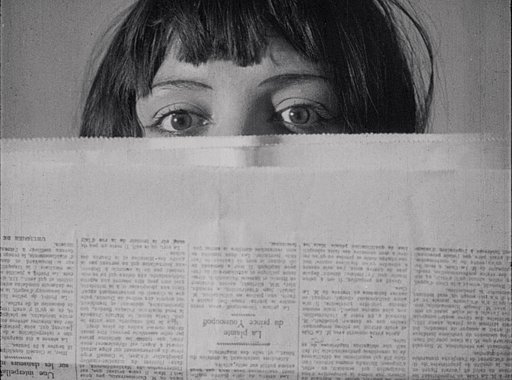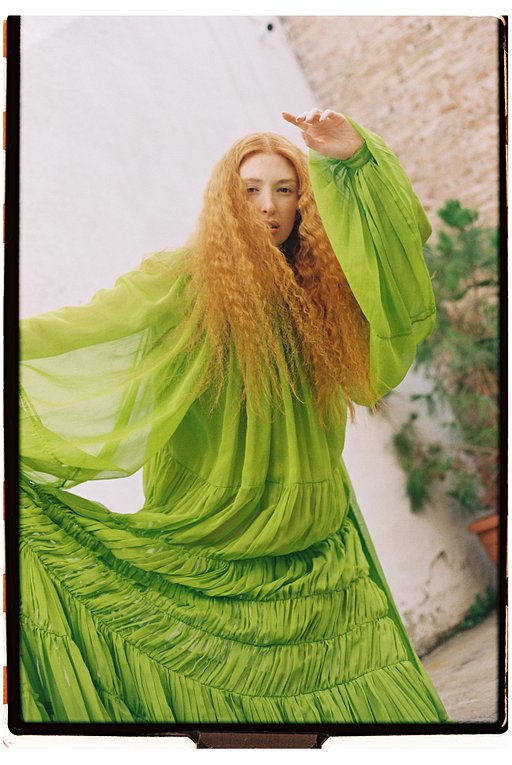Review: The Short Life Of the APS Film Format
27 7 Share TweetAs many of us do on weekends, we were wandering through a flea market recently, where you can always find some analogue cameras laying around. During one of these hunting sessions we were surprised to stumble upon an old film format.
APS, which stands for Advanced Photo System, is a film format introduced in 1996. The seller gifted us the pack of film, most likely thinking there was no use for it. The film expired in 2003, and we had no way to know how it was stored, but we were ready to be surprised by its results.
Interestingly, camera and film companies such as Canon, Minolta, Nikon, Kodak, and Fuji collectively decided to launch this format in the '90s. The APS had a short life and never got to be suited for professional photographers due to the 58% reduced film area; while amateur photographers, soon after, preferred digital compact cameras as they were even easier to manage, condemning the format to its end, and advancing the arrival of digital photography that revolutionized the world of image making.
The advantages of APS were meant to simplify the way we took pictures. One feature was the possibility to extract the film halfway and re-spool it, with the camera automatically jumping to the correct frame count. Having a completely automated loading and re-spooling system, with no risks for light exposure, the film automatically winds back into his cassette. There are four statuses: unexposed, partially exposed, fully exposed, and developed.
If your film has been exposed, the camera reads the code at the bottom of the film and automatically recognizes pre-exposed film. It will not spool it again, therefore double exposures are avoided. The film can be read only with the appropriate camera, and most of them were classic point-and-shoots.
A nice bonus from this format is that it can come with up to 40 exposures instead of 36. With a 24 mm wide film it can record up to three formats, high definition, panoramic and classic. The film can be developed with C-41 chemistry, which is the standard color process, still in use today.
One idea that was introduced with this format, and that carried out to the digital world, was to record shooting data. In the APS format, information about date, shutter, and aperture, was archived on the film to then be read by labs and calibrate a correct print.
The camera we used to shoot this film had an automatic flash which was filling the shadows during the day and was quite strong at night. Due to the lack of control over the settings, we could not adjust the exposure therefore the images turned out to be quite underexposed frames, while still retaining some alluring shades.
If we can summarize this film format in one word, it would be simplicity. This film grants a carefree approach to image making, as the camera and the film format is making sure that your result will be perfectly polished. The downside of such settings is the lack of creative control.
APS feels to be suited for the average shooter without much photographic knowledge, but the decision to let your tools perform without any mistake (or what was considered a mistake) consequently has the shortcoming of enthusiasm for photography.
Have you ever come across an APS camera and or film format? Share your experience in the comments below.
written by eparrino on 2023-04-23 #gear #culture #review #nikon #minolta #canon #fuji #kodak #aps #film-format #analogue-film-format































19 Comments